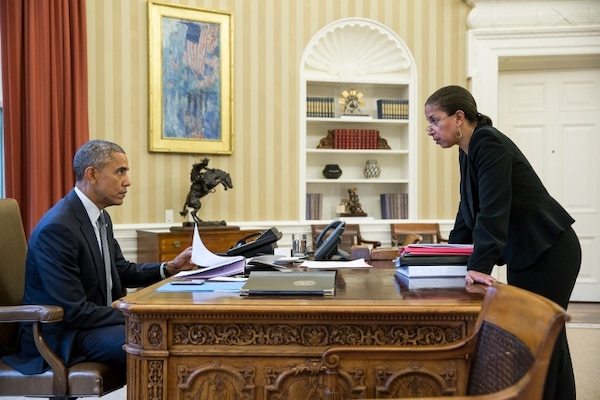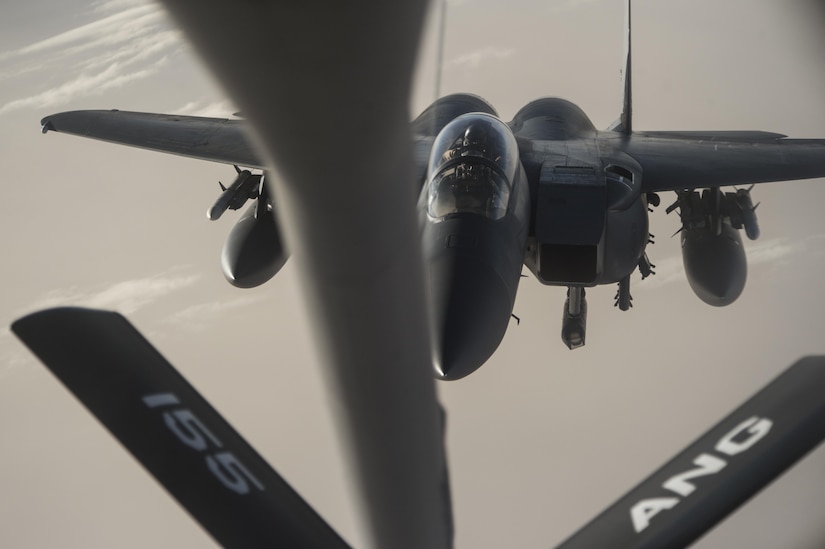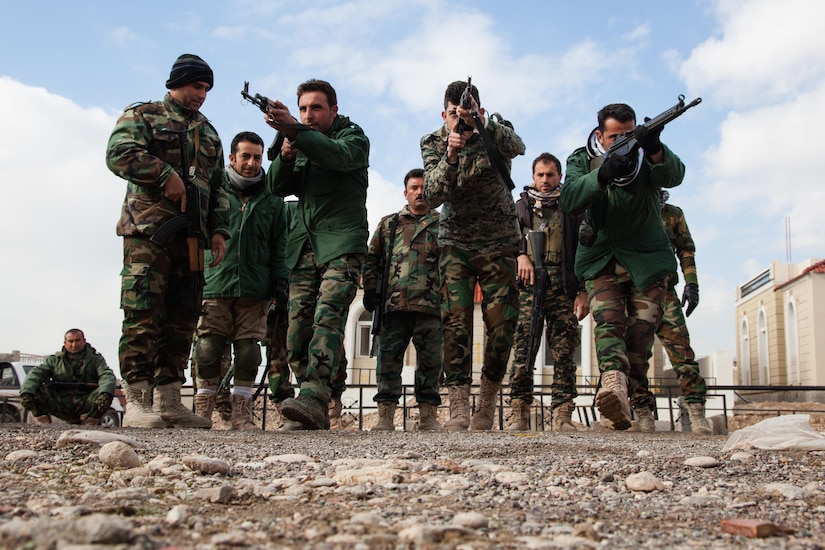Pssst, Stanley Ann Dunham, Barack’s mother also had historical connections to Grameen Bank. The audio and article are found here.
Even more from the Huffington Post: President Obama’s Mother, Hillary Clinton and Muhammad Yunus: Microcredit and Grameen in the U.S.
Thank you Secretary of State, Hillary Clinton, for your wonderful speech last Friday, January 23rd.
We have, with President Obama, someone who believes in development and diplomacy. Coming to the State Department yesterday sent a very strong signal. A few of you may even know, as I mentioned in my testimony before the Foreign Relations Committee, that the President’s late mother was an expert in microfinance and worked in Indonesia. I have been involved in microfinance since 1983, when I first met Muhammad Yunus and had Muhammad come to see us in Arkansas so that we could use the lessons from the Grameen Bank in our own country. I was actually looking forward to being on a panel with the President’s mother in Beijing on microfinance.
You were very warmly welcomed by foreign service workers who have been struggling through eight years of the US losing its moral footing in the world. You brought up a favorite subject, microcredit, and two of my favorite people (along with yourself), President Obama’s late mother, Ann Dunham Soetero, and Muhammad Yunus, my “boss.”
One of those helping President Obama’s late mother organize that meeting was Lawrence Yanovitch now heading up Poverty issues at the Gates Foundation. He spoke to me about his work with Ann Dunham Soetero when in Paris last year. This Obama victory is also a victory for her and her work with microcredit.
Microcredit is not the only answer but it surely should be an important part of not only how we restructure our own American economy, but how we support others around the world.
Microcredit helps women. Microcredit helps fight against fundamentalism and violence against women, children, immigrant communities, and makes the business-model approach to ending poverty a human one.
Muhammad Yunus’ work with the Grameen Bank has now made it to the US with Grameen America. Organizations such as the Grameen Foundation have been replicating this model around the world.
President Obama’s late mother “got it,” Hillary Clinton “got it”…years before others. Now let’s grow it at home and around the world. It’s one banking system that is actually working. What other bank these days is made up mostly of women borrowers and can claim a 98-99% payback rate? Surely not Citibank!
EXCLUSIVE: Disgraced Clinton Donor Got $13M In State Dept Grants Under Hillary
Thank you to DailyCaller News Foundation: Hillary Clinton’s Department of State awarded at least $13 million in grants, contracts and loans to her longtime friend and Clinton Foundation donor Muhammad Yunus, despite his being ousted in 2011 as managing director of the Bangladesh-based Grameen Bank amid charges of corruption, according to an investigation by The Daily Caller News Foundation.
The tax funds were given to Yunus through 18 separate U.S. Agency for International Development (USAID) award transactions listed by the federal contracting site USAspending.gov.
They highlight how Clinton mixed official government business with Clinton Foundation donors. Yunus gave between $100,000 to $300,000 to the foundation, according to the Clinton Foundation website.
Groups allied to Yunus received an additional $11 million from USAID, according to the contracting website. Yunus had business relationships with all of them.
For more than 30 years, Yunus oversaw the distribution of Grameen Bank “micro-credit loans” to the poor to set up small businesses. He was eventually regarded as a saint among many anti-poverty activists.
But he also got a big helping hand over the three decades Bill and Hillary Clinton actively promoted him and repeatedly showcased him as a celebrity figure at major Clinton Foundation functions.
The former president is credited with launching a personal lobbying campaign to press the Nobel Committee to award its peace prize to the Yunus. It did so in 2006.
Secretary Clinton’s mixing of official work with foundation donors is reportedly the focus of a second, less publicized FBI public corruption investigation of the former secretary of state. The more widely known FBI probe focuses on her use of a private email server located in her New York residence to conduct official government business.
“Presumably if The Daily Caller News Foundation has this information, then the FBI has it,” said Robert T. Hosko, former assistant director of the Bureau’s criminal division. “Certainly, the FBI would want to know the nature of these relationships,” he told TheDCNF.
“That’s precisely the sort of thing that the FBI would be looking at and should be looking at to determine whether there’s an official act of corruption,” he said.
The FBI declined comment, saying, “we generally do not comment on whether or not we’re conducting a particular investigation.”
Clinton was not shy about using her post as America’s chief diplomat on behalf of Yunus and Grameen Bank when the Bangladesh government announced an investigation into multiple allegations of financial mismanagement by the political activist.
Clinton rocked the Bangladeshi political establishment when she publicly intervened on behalf of Yunus in 2011 as the South Asian government prepared to launch its probe.
With Bangladesh Foreign Minister Dipu Moni — also a woman — at her side, Clinton said at a State Department news conference that “we have expressed directly to the government our concern and hope that the Grameen Bank … is able to continue to function productively on behalf of the people of Bangladesh.”
Emails from Clinton’s private server disclose that Bill and Hillary Clinton closely monitored the Bangladesh government’s investigation of Yunus, who is a high-profile fixture at most of the Clinton Foundation’s major gatherings. The foundation features him at 37 places on its website.
David Bossie, president of the conservative activist group Citizens United and a long-time Clinton critic, called for the FBI to look into possible conflicts of interest linked to the long association between Yunus and the Clintons.
“The mixing of State Department and U.S. government business with Clinton Foundation donors and interests is a prime example of what the FBI could be investigating in addition to the private email server setup.” Bossie told TheDCNF.
The Clinton-Yunus relationship dates from Bill Clinton’s tenure as Arkansas governor, when he and Hillary fell in love with the concept of micro-credit loans. Yunus, then a Bangladesh economist, has championed the micro-credit cause through Grameen Bank since 1978.
Things went terribly wrong for Yunus and Grameen Bank about five years ago when a number of independent authorities decided to take a closer look at the bank and the 50 inter-related enterprises Yunus created, most of which operate in Third World countries where there is little financial oversight.
Former Secretary Clinton and her husband closely followed Yunus’ mounting problems. A June 11, 2012 email from Amitabh Desai, the foundation’s foreign policy director, for example, alerted Hillary Clinton of a Yunus response to the Bangladesh investigation.
“In case you haven’t seen it already, WJC wanted HRC and you to see this,” Desai said in the email routed through Cheryl Mills, Hillary Clinton’s chief of staff, and Huma Abedin, her deputy chief of staff. “WJC” is Bill Clinton and “HRC” is Hillary Clinton.
Hosko said the email “is potentially an indicator of the co-mingling of state business with the Clinton Foundation. It is very concerning.”
Clinton’s aid to Yunus also included 18 grants, contracts and loans awarded to two of his America-based foundations, the Grameen Foundation USA and Grameen America, according to USASpending.gov.
The awards, totaling $13 million, were issued by the U.S. Agency for International Development, the development arm of the State Department, beginning when Clinton became secretary of state. Another $11 million in federal funds went to organizations allied with Yunus.
When asked to explain the Yunus grants and loans, USAID Spokesman Raphael Cook said the agency didn’t have the “manpower” to respond to questions about the transactions.
Other federal agencies also opened their coffers to Yunus after Clinton entered the administration. The Department of Treasury awarded a $600,000 grant directly to Grameen America under a fund designed to boost financial institutions in community development. A Treasury Department spokesman declined to provide any details beyond the fact the funds were for activities in New York.
A series of Small Business Administration grants to Grameen America also began in July 2011, totaling $934,000. Those grants were for “salaries and expenses” for the foundation to operate its New York offices where Clinton once a U.S. senator.
In addition to being revered among anti-poverty activists, Yunus was popular among elements of the Bangladesh military. When a group of generals overthrew the Bangladesh government in January 2007, Yunus considered establishing a new political party to lead the new military-led government, thereby legitimizing the coup.
The BBC reported April 7, 2007, that “the army would sponsor Nobel Peace prize winner Dr. Muhammad Yunus as a new leader.”
Sabir Mustafa, the BBC’s Bengali Service editor, added that “Dr. Yunus is still viewed as a credible candidate by elements in the army.” In the end, Yunus opted not to create the new party.
The Grameen Foundation, USA did not respond to a request for comment from TheDCNF. Neither did spokesmen for the Clinton presidential campaign or the Clinton Foundation.




 Download Image
Download Image  Image details page
Image details page 
